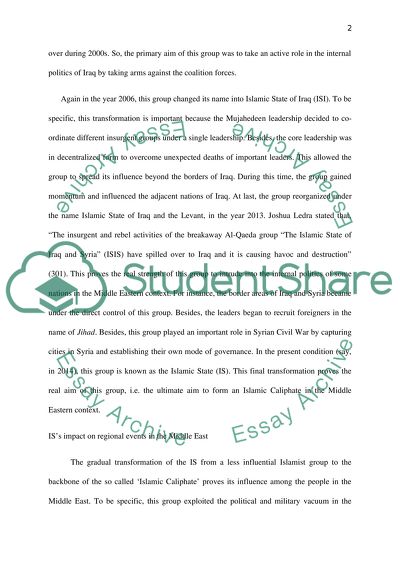Cite this document
(“Middle east Research Paper Example | Topics and Well Written Essays - 2250 words”, n.d.)
Retrieved from https://studentshare.org/social-science/1666274-middle-east
Retrieved from https://studentshare.org/social-science/1666274-middle-east
(Middle East Research Paper Example | Topics and Well Written Essays - 2250 Words)
https://studentshare.org/social-science/1666274-middle-east.
https://studentshare.org/social-science/1666274-middle-east.
“Middle East Research Paper Example | Topics and Well Written Essays - 2250 Words”, n.d. https://studentshare.org/social-science/1666274-middle-east.


